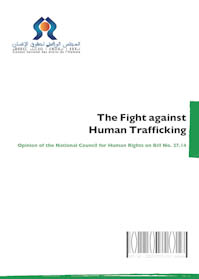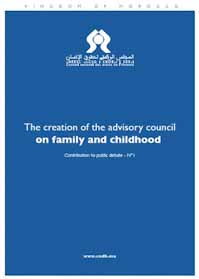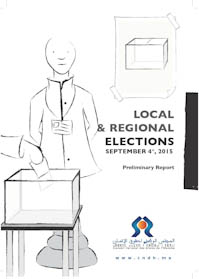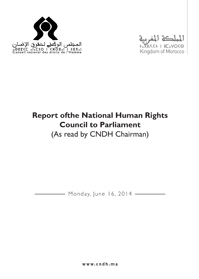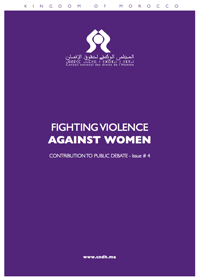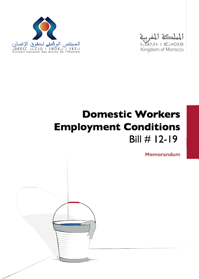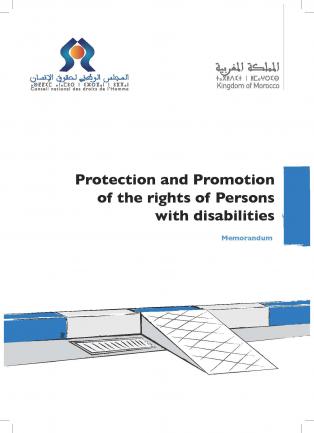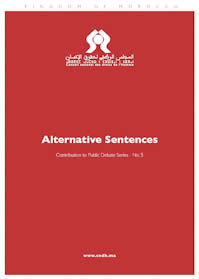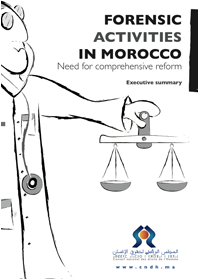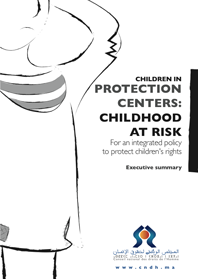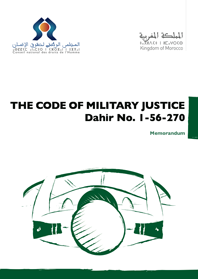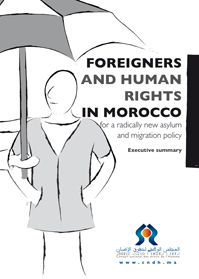STUDY ON PEACEFUL DEMONSTRATIONS
The Advisory Council on Human Rights (CCDH) conducted a study on “the right to peaceful demonstration". Indeed, the phenomenon of manifestations has experienced quantitative and qualitative changes in recent years. Between 1 January and 31 October, 2008, for instance, a total of 5508 demonstrations, in which took part some 330,000 citizens, were organized.
The prefecture of Rabat is first on the list of cities with regard to the exercise of the freedom of assembly and demonstration. 1660 demonstrations took place in the city during the abovementioned period. It is followed by the prefectures and provinces of Casablanca (323), Meknes (209), Safi (197), Tata (119), Jerada (113), Laayoune (111); Tangier-Asilah (105), Beni Mellal (103) and Nador (100). Less than 100 demonstrations were organized in 48 other prefectures and provinces (CCDH Annual Report 2008).
Demonstration is one of the four means of expression: individual, group, oral or written. It combines in fact all these means.
In the past two decades, demonstrations, in Morocco and around the world, have no longer been armed or accompanied by any means that can harm people, private properties or state properties. This form of expression has moved to a peaceful approach. Since it is in a transition, there may be still some excesses.
CCDH study aims to underline that demonstrations under the current circumstances coincide with an atmosphere in which freedom of individuals and groups enlarged, capitalism solidified, globalization evolved, social conditions deteriorated, supervisory role of political parties and unions declined and risk of terrorist movements increased. The possibilities of excesses and confrontations always remain thus.
The study also indicates that cases of tension that may precede demonstrations or happen during or during preparation are largely due to the lack of trust between the government and its law enforcing staff, on one hand, and, on the other, citizens who think they can only rely on themselves to make their voices heard and talk about their political, economic, social and cultural rights.
The study points out that the phenomenon of demonstration in Morocco, as in anywhere else, will not disappear due to the use security forces. Through demonstrations, demonstrators express themselves, highlight their unmet needs and formulate proposals to resolve them. The study indicated that the Equity and Reconciliation Commission was created to promote and strengthen, among other things, human rights and freedoms, including the right to freedom of expression and opinion, which shall be exercised in any peaceful means including demonstrations, and to guarantee the non-repetition of the past grave violations of human rights and freedoms.
The study puts demonstrations in a linguistic, religious, argumentative and conceptual approach. It compares demonstrations to other types and means of expression. It tackles the issue from the perspective of the international human rights law and the national laws, mainly the current law relative to public gatherings...
The Advisory Council on Human Rights has already approached this phenomenon in its 2008 annual report.





